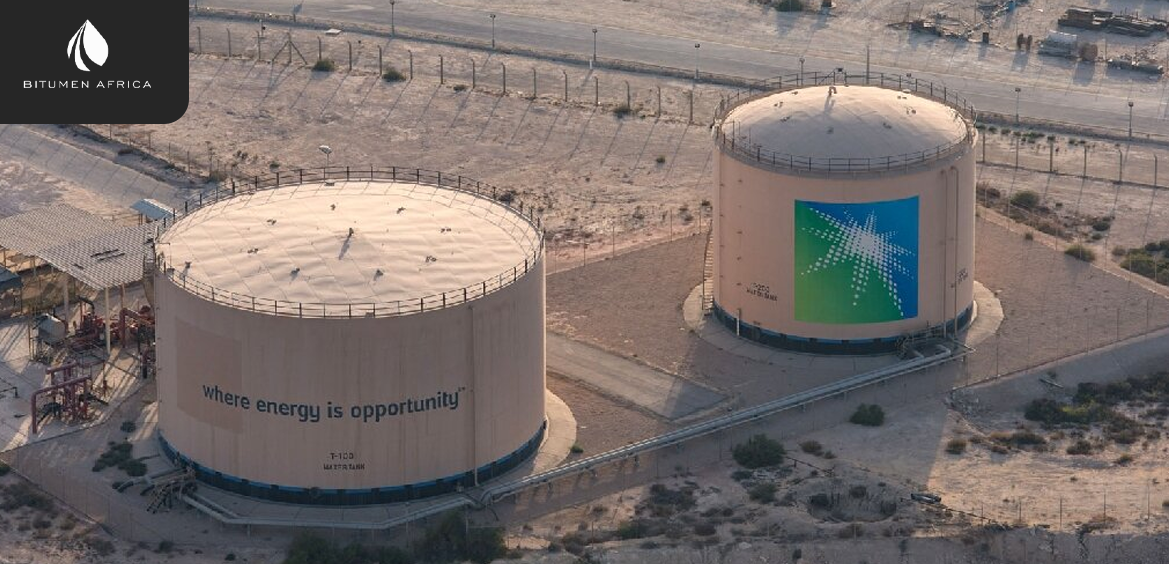Saudi Arabia's Vision 2030 plan, which aims to build futuristic cities and resorts, is facing challenges due to lower oil prices. The Kingdom, as the world's top crude oil exporter, is experiencing oil prices that remain about $20 per barrel below the fiscal breakeven price. This gap is pushing the country to borrow more money from the debt markets to fund its ambitious projects.
As part of OPEC+'s latest strategy, Saudi Arabia is easing some of its production cuts starting on April 1, increasing supply by 138,000 barrels per day. However, the rise in output from OPEC+ could put downward pressure on oil prices, which have recently remained in the low $70s per barrel, significantly lower than the $91 per barrel price the IMF estimates is necessary for the Kingdom's budget balance.
With uncertainties surrounding global trade, economic conditions, and oil demand growth, Saudi Arabia may face a prolonged period of lower oil prices, forcing it to borrow more to meet its financial needs. The country may have to raise its public debt to cover spending on its mega projects and Vision 2030 initiatives, or else delay or reduce some of these expenditures.
Furthermore, Saudi Arabia's primary revenue source, oil giant Aramco, has recently cut its dividend, reducing the income available to the Kingdom, which is the company's largest shareholder. This reduction in dividend payments adds another financial strain on the country as it tries to maintain its ambitious growth and development plans.

